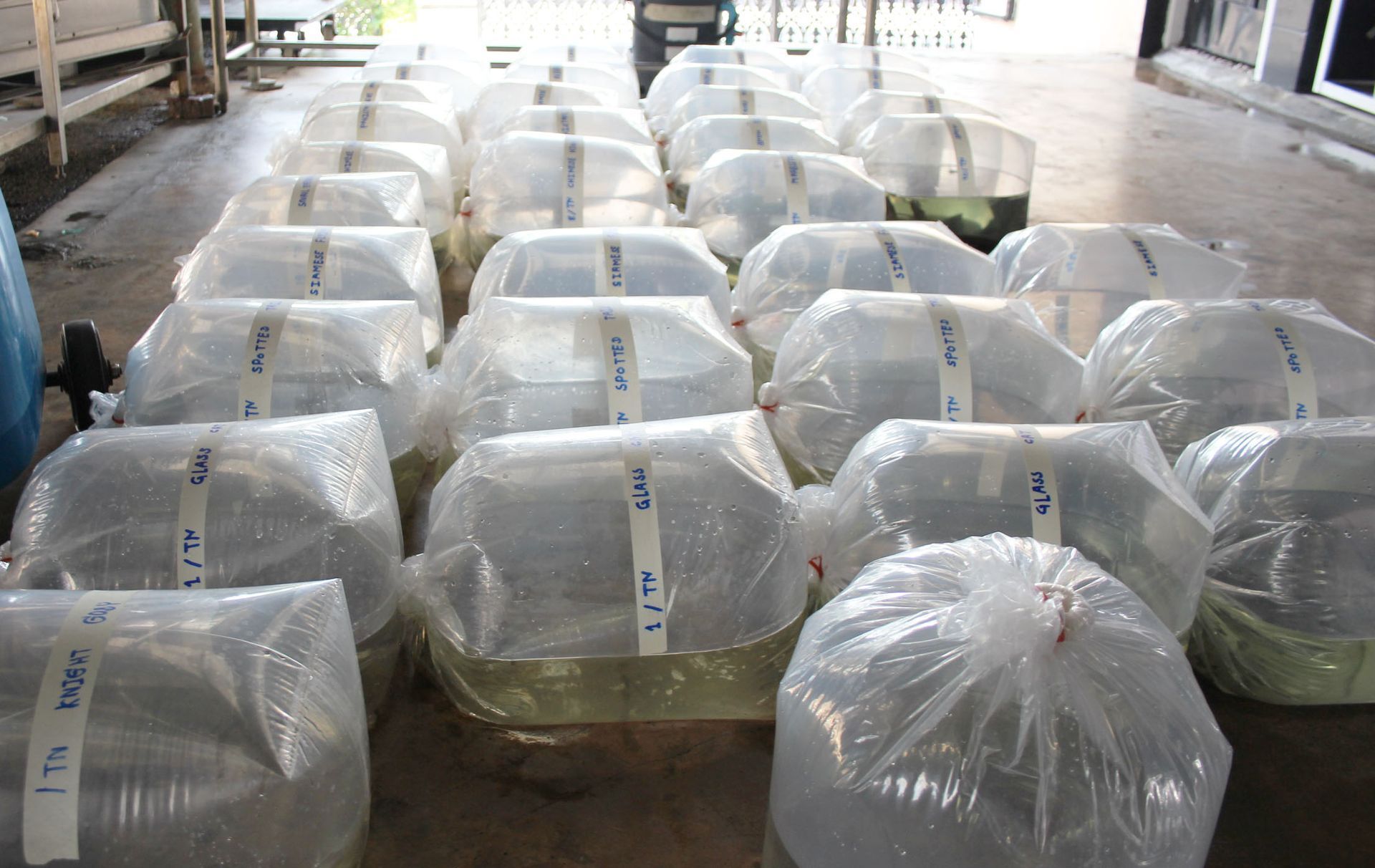Biosecurity

Some of the key applications of eDNA in biosecurity include; early detection of invasive species, surveillance of pathogens, quarantine and border control, biosecurity risk assessments. This technology has the potential to revolutionise how biosecurity is implemented by enhancing early detection and enabling targeted responses.

Detection of invasive and/or exotic species
Environmental DNA (eDNA)-based detection is being rapidly adopted as a tool to detect invasive animals. Coupled with real-time PCR as well as Digital PCR, eDNA detection offers high sensitivity, specificity and potential to amplify the target’s DNA in multiple environmental matrices, enabling rapid and accurate early detection capability to infer on the occurrence of non-native species across pre-border, at the border, and post-border biosecurity applications. The National eDNA Reference Centre offers stakeholders with high quality workflows to detect invasive species using stringent and field tested protocols to provide reliable inference on species occurrence while minimising the proliferation of false positive and negative results. We work with end-users all stages of the eDNA workflow to ensure our results can produce actionable management decisions to minimise risk associated to the eradication or management of invasive species.
Cost efficiency analysis of eDNA Technologies
There is a myriad of methods that can be used to capture, survey and detect invasive species. All methods have their benefits and limitations, and eDNA-based protocols are not the exception. We provide our end-users with cost-effective analyses of eDNA workflows to assess their suitability for operational use when compared to actively used detection methods. Our analyses consider all stages of the eDNA workflows (i.e., species-specific contextual framework, sample collection, extraction, amplification & analysis, reliability of results) and assess if the use of eDNA-based methods would improve, complement or hinder monitoring efforts on a case-by-case context for each of our stakeholders.
Development of eDNA based methods for operational use
With the rapid expanse of applications for which eDNA-based detection provides higher sensitivity as well as cost-effective complementary detection capability, it becomes important to retain trust in the production of results regardless of the target environment and species. Trailblazing new methods and techniques can be completed using high quality measures and controls to ensure that quality is retained across eDNA workflows, offering end-users reliable methods that inform their applications and practices. Together with our end-users, we design, optimise, field test and validate Standard Operating Procedures to fit well defined testing purposes, species and environments. Most importantly, we offer our end-users with detailed training of procedures to ensure that their use and interpretation enables actionable results and accurate communication of findings.
Other applications of eDNA

Assay Development
We develop custom assays to assess the presence of species using eDNA and eRNA following the most stringent quality standards.

Biodiversity & Conservation
eDNA analysis allows for the rapid assessment of biodiversity in ecosystems from a wide range of sample substrates including water, air, soil, swabs.
EcoDNA acknowledges the Ngunnawal people, traditional custodians of the lands where we are situated. We wish to acknowledge and respect their continuing culture and the contribution they make to the life of Canberra and the region. We also acknowledge all other First Nations Peoples on whose lands we gather.
Email: ecoDNA@canberra.edu.au
Address: Building 7, Level D, University of Canberra, Bruce ACT 2617 Australia

Accreditation number: 21138
Accredited site number: 25428
